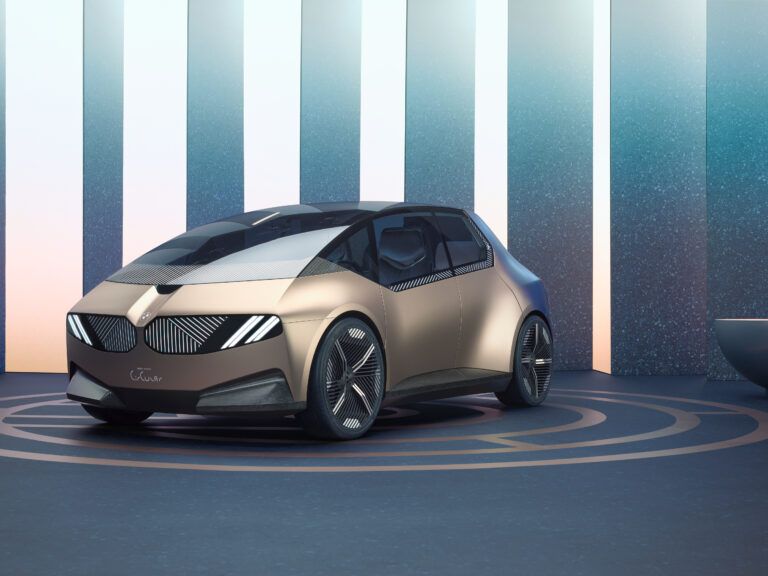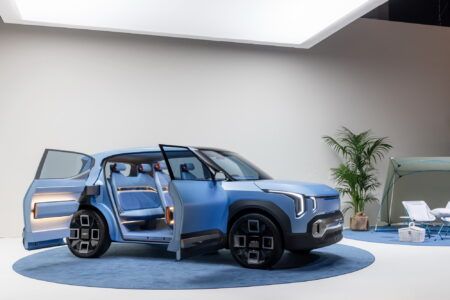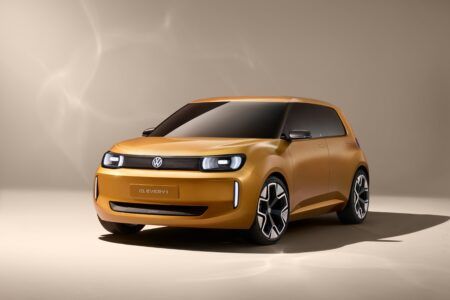At the recent IAA motor show in Munich, BMW showed off a new concept vehicle that it claims is made from recycled materials and can also be fully recycled again when it reaches the end of its life.
The BMW i Vision Circular is a four-seater fully-electric car that is optimized for closed materials cycles and achieves 100% use of recycled materials / 100% recyclability. This involves making particular use of materials that have already completed a product life cycle – or secondary materials as they are known – alongside certified bio-based raw materials. The same applies to the energy storage device: the all-solid-state battery in the BMW i Vision Circular is 100 per cent recyclable and manufactured almost entirely using materials sourced from the recycling loop. It will achieve much higher energy density with significantly reduced use of the most valuable resources.
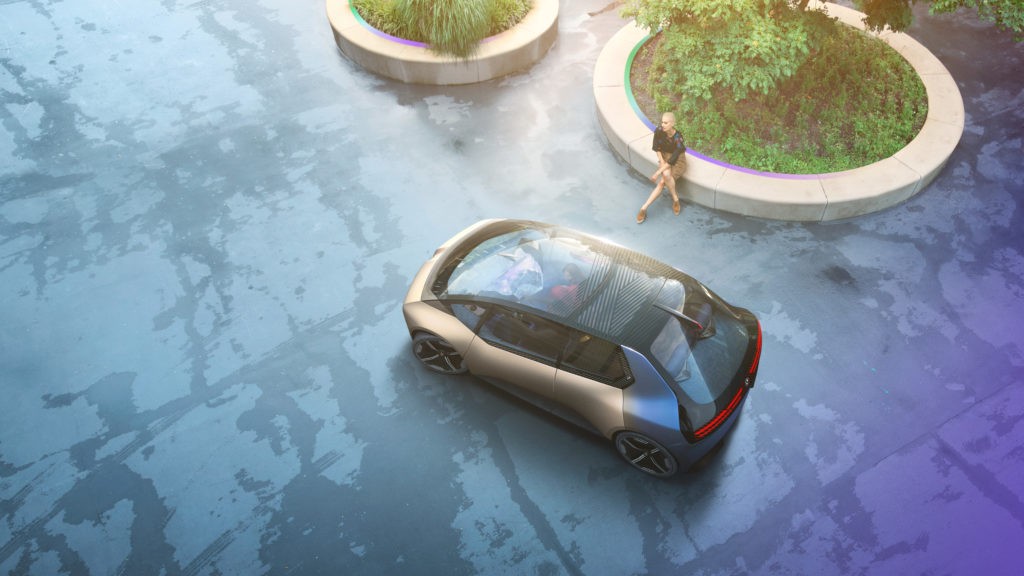
When it comes to the materials used, the focus with the BMW i Vision Circular is on recycled materials (“secondary first” approach) which are intended to be reused again at the end of the product life cycle. Having a small number of different mono-material groups with connections that can easily be undone is crucial for good recycling. For this reason, the BMW i Vision Circular avoids bonded connections or composite materials and uses intelligent types of connection, such as cords, press studs and quick-release fasteners, instead. It even avoids the use of paint for the exterior, and instead features a main body made from secondary aluminum with a light-gold anodized finish.
Its tires are made from certified, sustainably cultivated natural rubber and have a slightly transparent appearance. Extra colored, recycled rubber particles are added to the tire compound for strengthening.
The composer Hans Zimmer and Renzo Vitale, Creative Director Sound BMW Group, came up with an exclusive sound design for the BMW i Vision Circular that makes its circularity audible. Taking the materials used in the vehicle as a starting point, the duo also experimented with samples and loops of sound elements, enabling them to discover a spectrum of sounds produced by the materials in the car. Each and every tone featured here captures the movements of the exterior structures, the interior areas, the materials, the lights and the visual animations.
Alongside all its material and design innovations, the BMW i Vision Circular also offers the possibility of usage in a bidirectional charging scenario. Here, the vehicle would act as a mobile energy storage device and feed power to its surroundings, e.g. buildings and infrastructure. It can even be fed back into the power grid to help absorb peaks in demand.
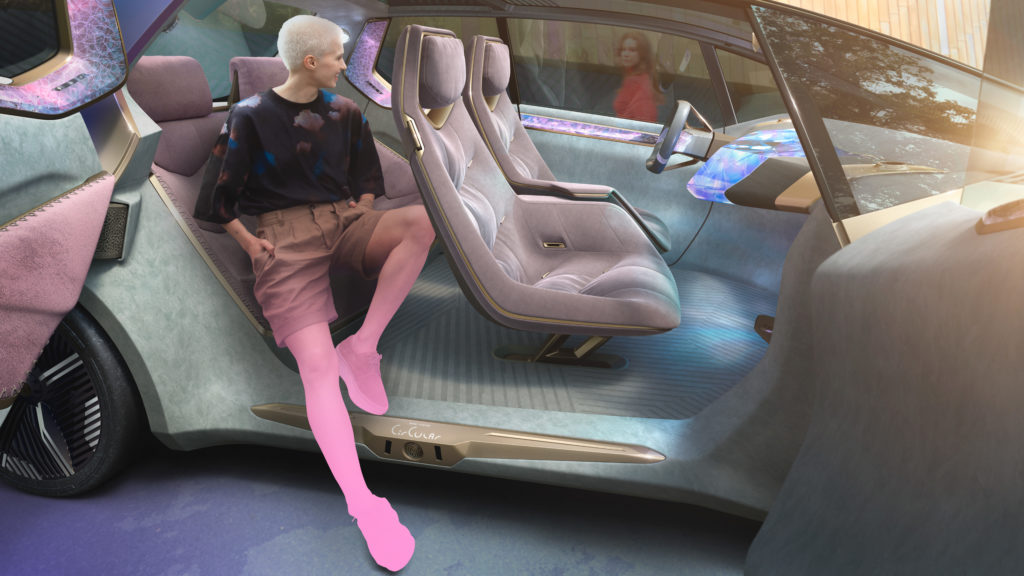
The BMW Group’s overriding aim as it strives to achieve climate neutrality is to reduce CO2 emissions throughout a vehicle’s entire life cycle. Besides electrifying the product portfolio and switching to renewable energy for manufacturing, the company is focusing particularly on circular economy principles and the use of secondary materials. These materials, such as secondary aluminum and secondary steel, can be obtained by recycling waste material and then reused. The process for supplying secondary materials is far less harmful to the environment and carbon intensive compared to the extraction and manufacture of primary material. This can bring about a major improvement in a vehicle’s carbon footprint, especially on the supply chain side. At present, vehicles from the BMW Group are manufactured using nearly 30 per cent recycled and reused material on average. The ‘secondary first’ approach is intended to gradually increase this figure to 50 per cent.
“The BMW i Vision Circular illustrates our all-encompassing, meticulous way of thinking when it comes to sustainable mobility. It symbolizes our ambition to be a pioneering force in the development of a circular economy,” explains Oliver Zipse, Chairman of the Board of Management of BMW AG. “We lead the way for resource efficiency in production and we are seeking to extend this status to all stages of the vehicle life cycle. This is a question of economic sustainability too, as the current trend in commodity prices clearly shows the financial consequences in store for any industry that is reliant on finite resources.” He adds, “We will take the next big step towards achieving this with the ‘Neue Klasse’ models. We appreciate there are many BMW fans longing for a first foretaste of the ‘Neue Klasse’, but the BMW i Vision Circular isn’t it. I can promise, however, that, on a sustainability level, the ‘Neue Klasse’ is being developed with the same mindset applied for the BMW i Vision Circular.”


